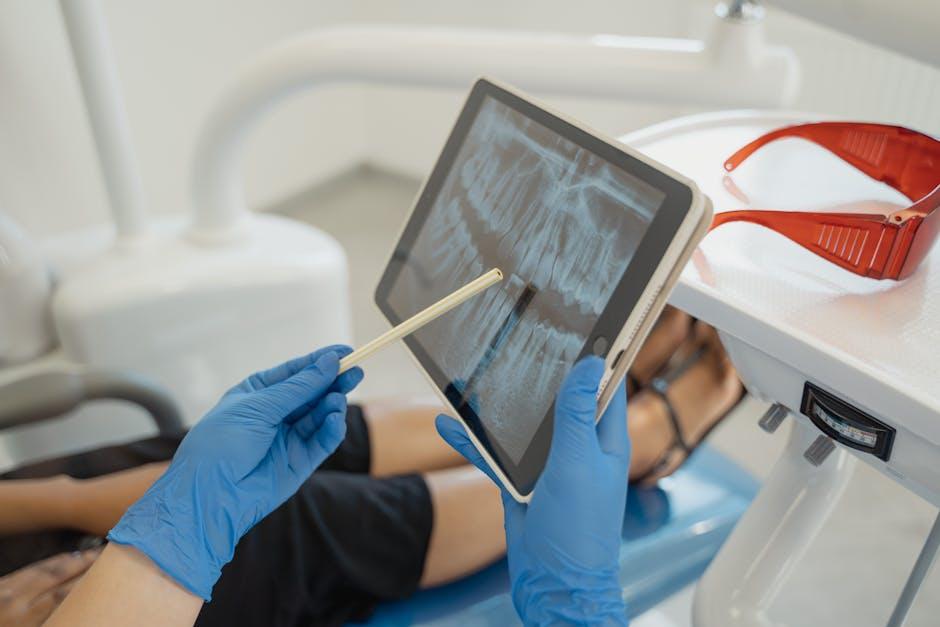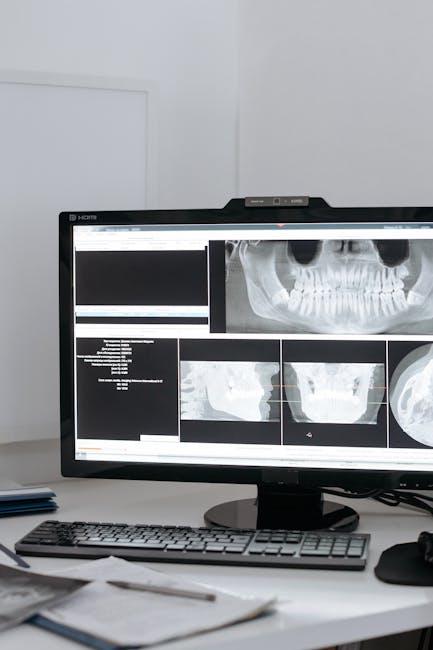
Dental Imaging Tech Boom: AI & 3D Scanners Reshaping the $6B Market
The dental industry is undergoing a technological revolution, with artificial intelligence (AI) and advanced 3D scanning reshaping how dental imaging operates. According to recent updates disseminated via PR Newswire, the dental imaging market, valued at around $6 billion, is on an unprecedented growth trajectory, fueled by these innovations. This article dives deep into how AI and 3D scanners are driving this boom, what it means for dental professionals, and how patients benefit from these advancements.
The Rising Tide of Dental Imaging Technology
Dental imaging has always been a cornerstone of diagnostic dentistry, but the integration of AI and 3D scanning has drastically improved accuracy, speed, and patient outcomes. Traditional X-rays and manual diagnostics are steadily giving way to digital workflows that allow for precise treatment planning and enhanced patient communication.
Market Overview: Growth & Drivers
The global dental imaging market has seen steady expansion, with a current valuation nearing $6 billion, as per PR Newswire reports. This growth is largely attributed to:
- Innovations in 3D scanning technology facilitating high-resolution imaging
- AI-enabled diagnostic platforms enhancing detection accuracy
- Rising adoption of digital dentistry workflows worldwide
- Increased demand for minimally invasive dental procedures
- Growing awareness about oral health and regular dental checkups
How AI Is Revolutionizing Dental Imaging
Artificial intelligence is transforming dental imaging by automating image analysis, reducing human error, and predicting oral health issues before they become severe. AI algorithms process thousands of images, identifying patterns and subtle indicators that even skilled radiologists might overlook.
Key AI Applications in Dental Imaging
- Automated Caries Detection: AI models detect cavities earlier and with more precision.
- Orthodontic Treatment Planning: AI helps in simulating and optimizing teeth movement for braces and aligners.
- Bone Density Analysis: Crucial for implant placement, AI assesses bone quality from 3D scans quickly.
- Pathology Identification: AI aids in spotting abnormalities like cysts or tumors on dental radiographs.
3D Dental Scanners: The New Standard in Imaging
3D scanning technology offers a comprehensive view of the oral cavity, far surpassing the limitations of 2D X-rays. Dental professionals use intraoral and extraoral 3D scanners to capture detailed dimensional data, enabling customized treatments and prosthetic fabrication.
Benefits of 3D Scanning in Dentistry
- Higher Precision: Eliminates errors in measurements and impressions.
- Non-Invasive & Comfortable: Scanning is faster and causes less discomfort than traditional molds.
- Faster Turnaround: Digital files can be directly sent to labs, speeding up production of crowns, bridges, and aligners.
- Improved Patient Communication: 3D visuals help patients better understand treatment plans.
Case Study: Enhanced Implant Success Rates Using AI & 3D Scanners
One leading dental clinic recently reported a 25% increase in implant success rates after integrating AI-powered diagnostics and 3D scanning technologies. This combination allowed for:
- Accurate bone and tissue assessments prior to surgery
- Optimized implant positioning mapped through 3D models
- Reduced surgical time and post-op complications
The clinic concluded that technology investments substantially improved prognosis and patient satisfaction.
Practical Tips for Dental Practices Embracing AI and 3D Imaging
For dental clinics aiming to incorporate these advanced technologies, here are some actionable tips:
- Start Small: Begin with one AI imaging module or a single 3D scanner to integrate gradually.
- Staff Training: Invest in comprehensive training to maximize benefits and smooth workflow adoption.
- Data Security: Implement robust cybersecurity measures to protect sensitive patient images and information.
- Collaborate with Labs: Choose labs compatible with digital files for seamless case handling.
Comparison Table: Traditional vs. AI & 3D Imaging
| Aspect | Traditional Imaging | AI & 3D Imaging |
|---|---|---|
| Accuracy | Subject to human error | Highly precise with automated analysis |
| Patient Comfort | Invasive molds or multiple X-rays | Non-invasive, quick scanning |
| Treatment Speed | Longer turnaround due to manual processes | Faster due to digital workflow and AI planning |
| Diagnostic Capability | 2D images with limited scope | Comprehensive 3D views & predictive analytics |
Looking Ahead: Future Trends in Dental Imaging
The dental imaging market is expected to continue its rapid growth, with emerging trends including:
- Integration of AI with wearable oral health devices for real-time monitoring
- New multimodal imaging systems combining optical and radiographic data
- Cloud-based AI analytics offering instant diagnostic support globally
- Personalized dental treatments powered by predictive modeling
These advancements not only enhance the dentist’s precision but also empower patients with more control over their oral health.
Conclusion
The dental imaging technology boom, highlighted by artificial intelligence and 3D scanners, is transforming the $6 billion market with innovations that improve diagnostics, treatment planning, and patient experience. Clinics and dental professionals who embrace these cutting-edge tools position themselves at the forefront of dental care, offering unparalleled precision and efficiency. As AI-driven insights continue to evolve and 3D scanning becomes more accessible, the future of dentistry looks promising, paving the way toward smarter, faster, and more comfortable dental treatments worldwide.


